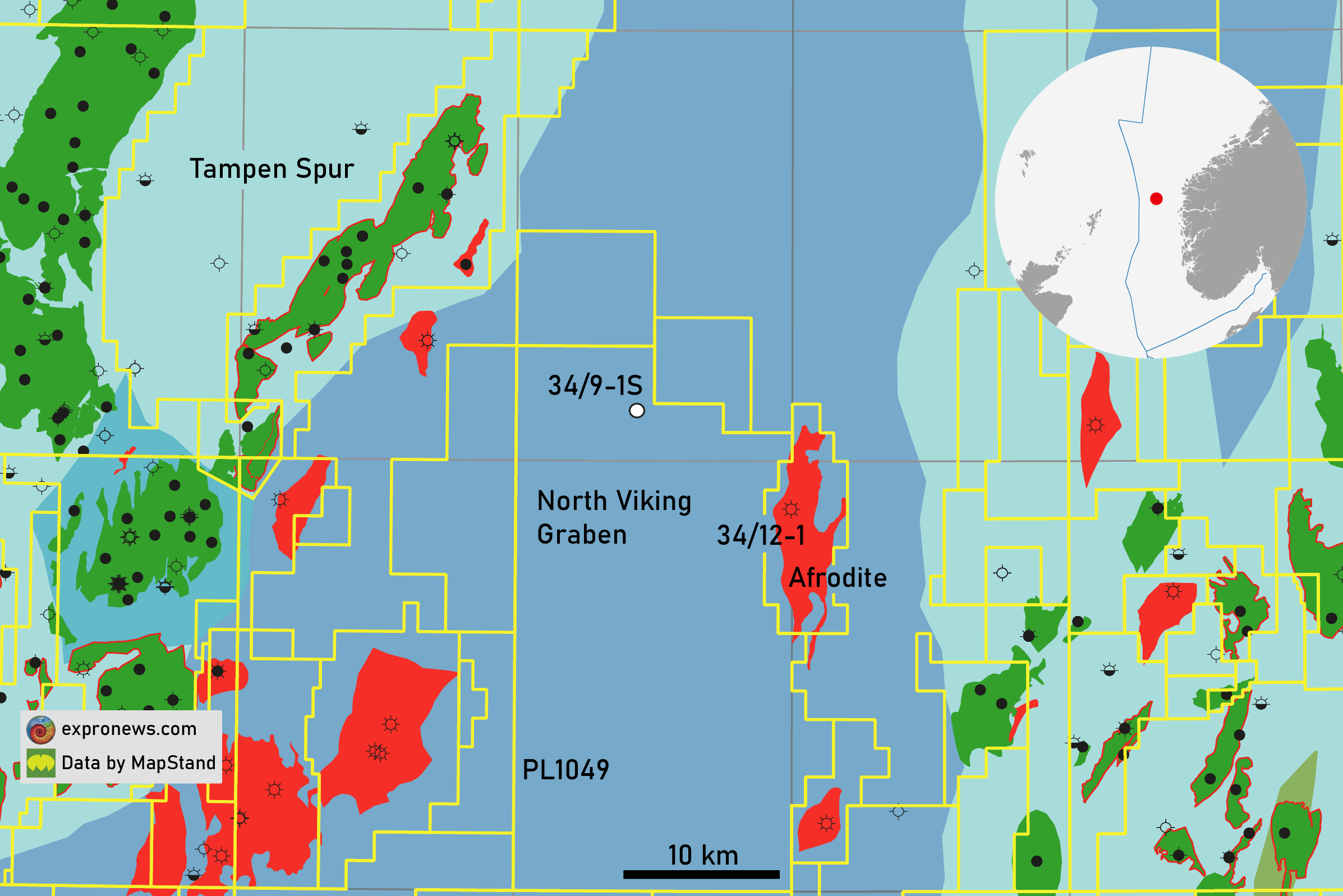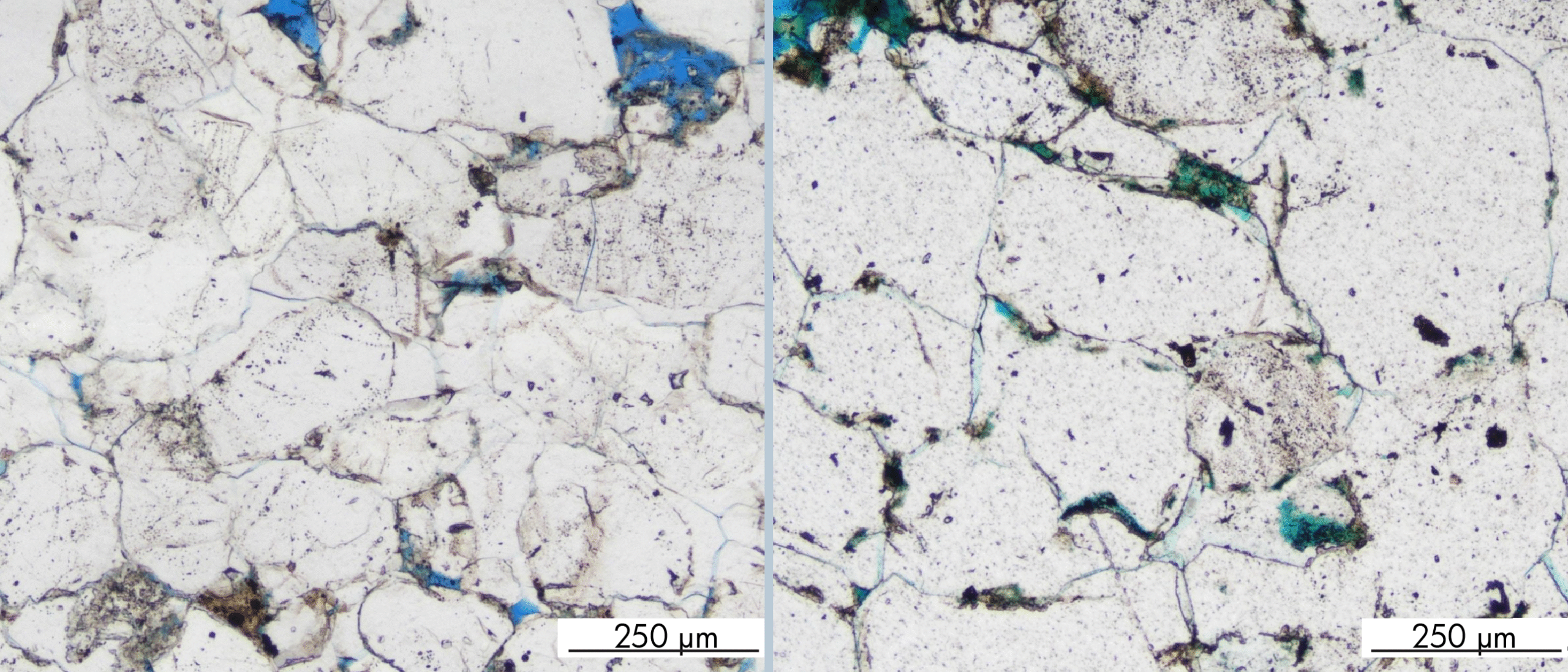The Norwegian Sea is known for its potential in the Cretaceous, with the Egyptian Vulture discovery being the most recent positive drilling result.
Further south, the Cretaceous is now getting more into the spotlight as well, given that two wells are now actively pursuing Cretaceous targets.
Whilst Neptune is currently appraising the Hamlet oil discovery in the Agat Formation, Equinor and partners Longboat (25%), Petoro (20%) and Spirit (20%) have spudded well 34/9-1S in PL1049 targeting a Cretaceous sandstone interval which bears quite some similarities with Norwegian Sea time-equivalent targets.
According to partner Longboat, the so-called Cambozola prospect may hold 159 MMboe with an upside towards 307 MMboe. Located in the middle of the North Viking Graben (see map above), with the nearest well 12 km away, 34/9-1S can be seen as a genuine play opener.

The prospect consists of a Lower Cretaceous fan system within the Sola Formation, which was sourced from nearby structural highs. Similar to the Norwegian Sea Cretaceous targets, a key risk is reservoir presence and quality. Another characteristic the prospect shares with the area further north is the subtle trapping configuration, which mostly relies on stratigraphic trapping and a potential structural element.
Based on these risks, Longboat carries the well at a chance of success of 15%. A clear example of a high risk-high reward well.
Not the first time
When looking at the cross-section below, it is no surprise why this part of the North Viking Graben is underexplored. With the classic Brent targets being buried to depths more than 5,000 metres, drilling is a risky exercise in the area. In the nearby Afrodite discovery, the Brent was found at 4,300 m and although porosity was reasonable (13%), permeability was found low at 0.1 mD due to illite cementation.

However, Equinor did make an attempt to work up a prospect in the area though, and identified the Livarot opportunity in PL879 situated just south of the well currently drilling. Nevertheless, given the depth and highly faulted nature of the prospect, the licence was relinquished in 2019 without drilling the well.
The relinquishment report also mentions that the Cretaceous was screened for prospectivity within the licence boundaries, but at the time it was considered not to have hydrocarbon potential. Yet, the report does mention a deep Lower Cretaceous lead that needed further maturation as it carried too high a drilling risk. Was that the current Cambozola prospect?
HENK KOMBRINK





